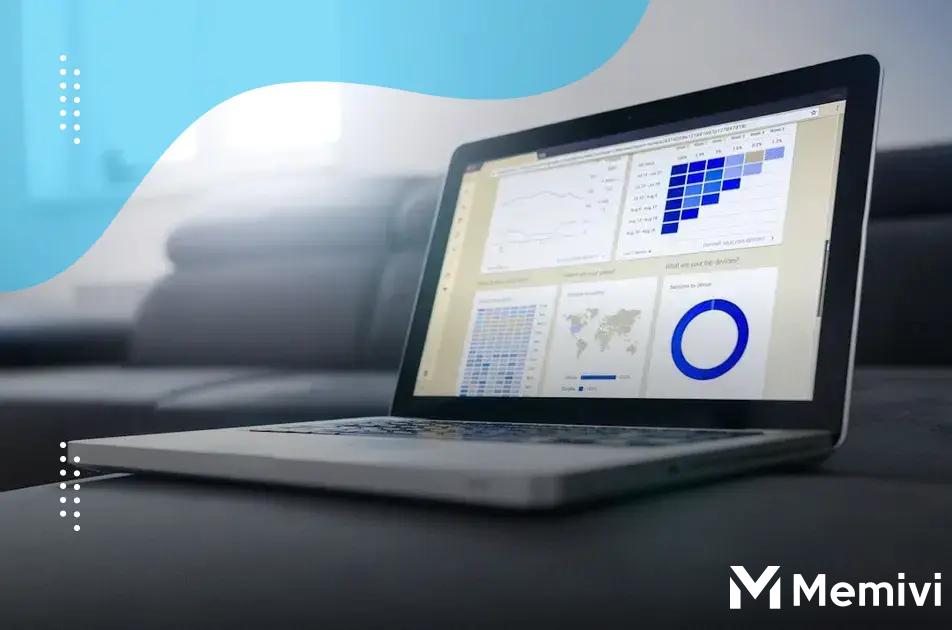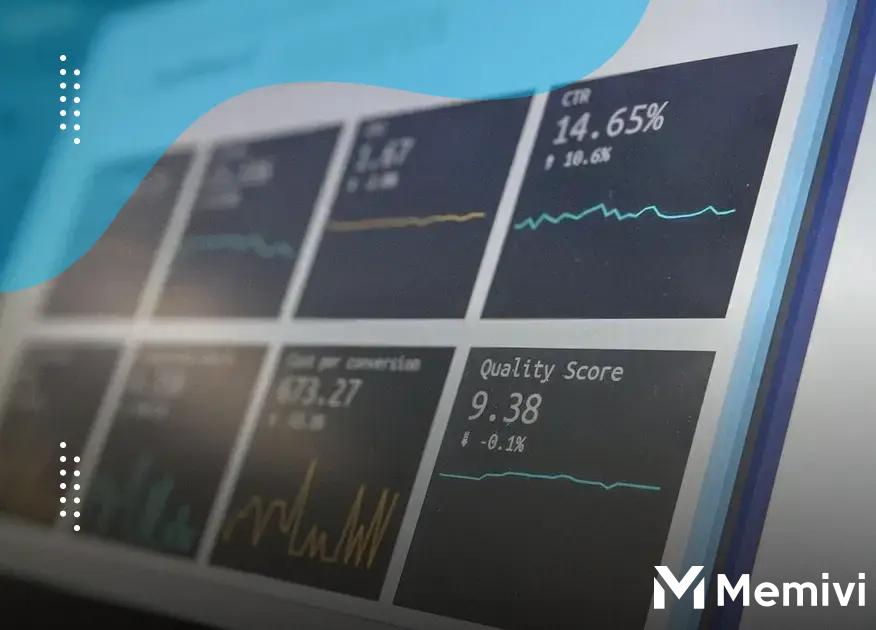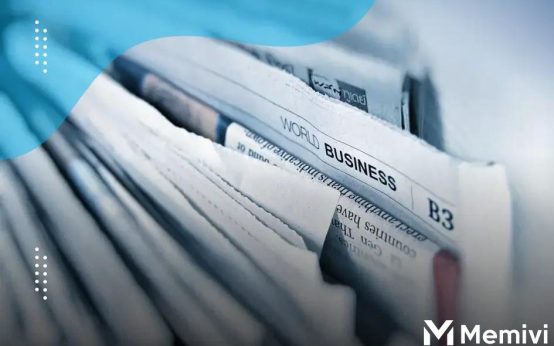
Detecting unauthorized transactions swiftly is crucial to safeguarding your financial health. In today’s digital age, it is more important than ever to be vigilant and proactive. Understanding the signs of dubious activity in your accounts can make a significant difference in preventing potential financial loss.
Explore the key warning signs and learn practical steps you can take when you suspect fraudulent activities. Additionally, discover preventative measures to ensure your accounts remain secure moving forward.
Understanding Unauthorized Transactions
Unauthorized transactions are financial activities conducted without your consent. These can happen due to various reasons such as lost cards, stolen credentials, or data breaches. It’s important to be vigilant and understand what constitutes an unauthorized transaction to recognize and react quickly.
To identify an unauthorized transaction, check your account statement regularly for discrepancies. Look out for unfamiliar vendors, unexpected amounts, or duplicate charges. Pay particular attention to any micro-transactions that can precede larger, more damaging fraudulent activities.
Financial institutions often have systems to detect suspicious activities, but they might not catch everything immediately. Stay informed; your knowledge of typical transactions patterns in your account can be your first line of defense. Monitoring your accounts online allows you to catch unauthorized activities swiftly and communicate with your bank efficiently.
While understanding unauthorized transactions, note that it’s crucial to protect your personal and financial information to prevent fraud. This includes using strong, unique passwords for online accounts, regularly updating software to fix security vulnerabilities, and opting for multi-factor authentication when available for an added layer of security.
Warning Signs and Red Flags

In today’s digital age, spotting warning signs and red flags of unauthorized transactions is essential for safeguarding your financial health. It’s crucial to regularly scrutinize your bank and credit card statements for any transactions that seem out of place or unexpected.
A sudden increase in small charges can signify testing by fraudsters, attempting to determine if a card is active. Be wary of unfamiliar merchant names or locations; these often signal transactions not made by you. Duplicate transactions also warrant immediate attention and can indicate processing errors or fraudulent activity.
Receiving notifications or emails about changes to your account that you did not initiate should raise alarm bells. These could mean unauthorized access to your account. It’s imperative to act promptly if you notice such warnings.
An unexpected credit score drop might reveal credit abuse, often unknown to the account holder until significant damage has been done. Monitoring your credit report can help you spot this red flag early.
Additionally, login alerts from unrecognized devices could signal unauthorized access attempts. Strengthening passwords and enabling two-factor authentication can provide an extra layer of defense against these threats.
Steps to Take When Detecting Fraud
- Analyze Recent Transactions: Begin by scrutinizing your recent bank statements. Look for unfamiliar transactions or discrepancies. It’s essential to have an organized list of all your purchases to compare with your account activity effectively.
- Contact the Financial Institution: If you suspect fraud, immediately reach out to your bank or credit card company. Report the suspicious transactions and request to speak with the fraud department to launch an investigation.
- Secure Your Accounts: Change the passwords of your online banking and shopping accounts promptly. Use strong, unique passwords for each account to maximize security. Make sure to enable two-factor authentication where available.
- Monitor Your Credit Report: Regularly check your credit report for any new accounts or activities that you didn’t initiate. You can request a free report from major credit bureaus annually, ensuring there are no fraudulent accounts.
- Document Everything: Maintain a detailed record of all communications with financial institutions and any paperwork related to the fraud. This documentation will be crucial if further legal action is needed.
- File a Police Report: In cases of significant theft, consider filing a report with the local police. This can help prove to creditors that you were diligent in addressing the fraud.
- Bear an Eye on Future Transactions: Continue to monitor your accounts closely in the upcoming months. Consider setting up alerts for any transactions exceeding a set amount to stay informed.
-
Seek Professional Advice:
If the fraud issue persists or becomes too complex, consider consulting a professional service. Fraud specialists can offer guidance and assistance in securing your financial well-being.
Preventive Measures for Future Safety

Implementing preventive measures is crucial in safeguarding against unauthorized transactions. One effective method is enabling strong authentication protocols. Utilizing two-factor authentication (2FA) adds an extra layer of security beyond just passwords, making it more challenging for attackers to access your accounts.
Additionally, regularly updating and strengthening your passwords is vital. Opt for complex combinations of letters, numbers, and symbols. Consider using a password manager to keep track of your various credentials securely.
Monitoring and Alerts
Setting up monitoring systems and alerts can help identify suspicious activities promptly. Banks often provide tools to notify clients of any unusual transactions through mobile alerts or emails. Take advantage of these features to keep an eye on your accounts in real time.
To further protect your information, ensure that your device software and security patches are always updated. Keeping your system secure minimizes vulnerabilities that could be exploited for unauthorized transactions.
Reviewing Financial Statements
Regularly reviewing your bank statements and credit reports will help you detect discrepancies early. Look for transactions you do not recognize and report them to your bank immediately.
Create a routine to audit your financial data periodically. Early detection of unauthorized transactions can prevent severe consequences and loss.


 The Ultimate Guide to Budgeting in the U.S.: How to Take Control of Your Money Without Feeling Restricted <p class='sec-title' style='line-height: normal; font-weight: normal;font-size: 16px !important; text-align: left;margin-top: 8px;margin-bottom: 0px !important;'> Are you tired of living paycheck to paycheck? Welcome to the ultimate guide to budgeting in the U.S. </p>
The Ultimate Guide to Budgeting in the U.S.: How to Take Control of Your Money Without Feeling Restricted <p class='sec-title' style='line-height: normal; font-weight: normal;font-size: 16px !important; text-align: left;margin-top: 8px;margin-bottom: 0px !important;'> Are you tired of living paycheck to paycheck? Welcome to the ultimate guide to budgeting in the U.S. </p>  The Hidden Costs of American Life: Subscription Creep, Fees, and Everyday Expenses You Can Cut Right Now <p class='sec-title' style='line-height: normal; font-weight: normal;font-size: 16px !important; text-align: left;margin-top: 8px;margin-bottom: 0px !important;'> The Hidden Costs of American Life reveal surprising expenses many don't foresee. </p>
The Hidden Costs of American Life: Subscription Creep, Fees, and Everyday Expenses You Can Cut Right Now <p class='sec-title' style='line-height: normal; font-weight: normal;font-size: 16px !important; text-align: left;margin-top: 8px;margin-bottom: 0px !important;'> The Hidden Costs of American Life reveal surprising expenses many don't foresee. </p>  Financial Minimalism: The U.S. Trend That Leads to True Financial Freedom <p class='sec-title' style='line-height: normal; font-weight: normal;font-size: 16px !important; text-align: left;margin-top: 8px;margin-bottom: 0px !important;'> Embrace financial minimalism to simplify your life and gain control over your financial future </p>
Financial Minimalism: The U.S. Trend That Leads to True Financial Freedom <p class='sec-title' style='line-height: normal; font-weight: normal;font-size: 16px !important; text-align: left;margin-top: 8px;margin-bottom: 0px !important;'> Embrace financial minimalism to simplify your life and gain control over your financial future </p>